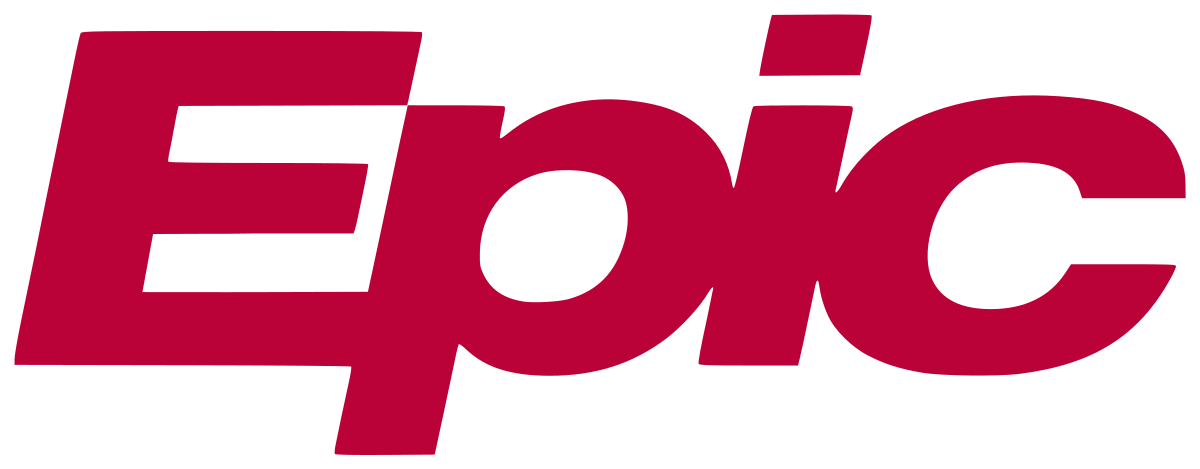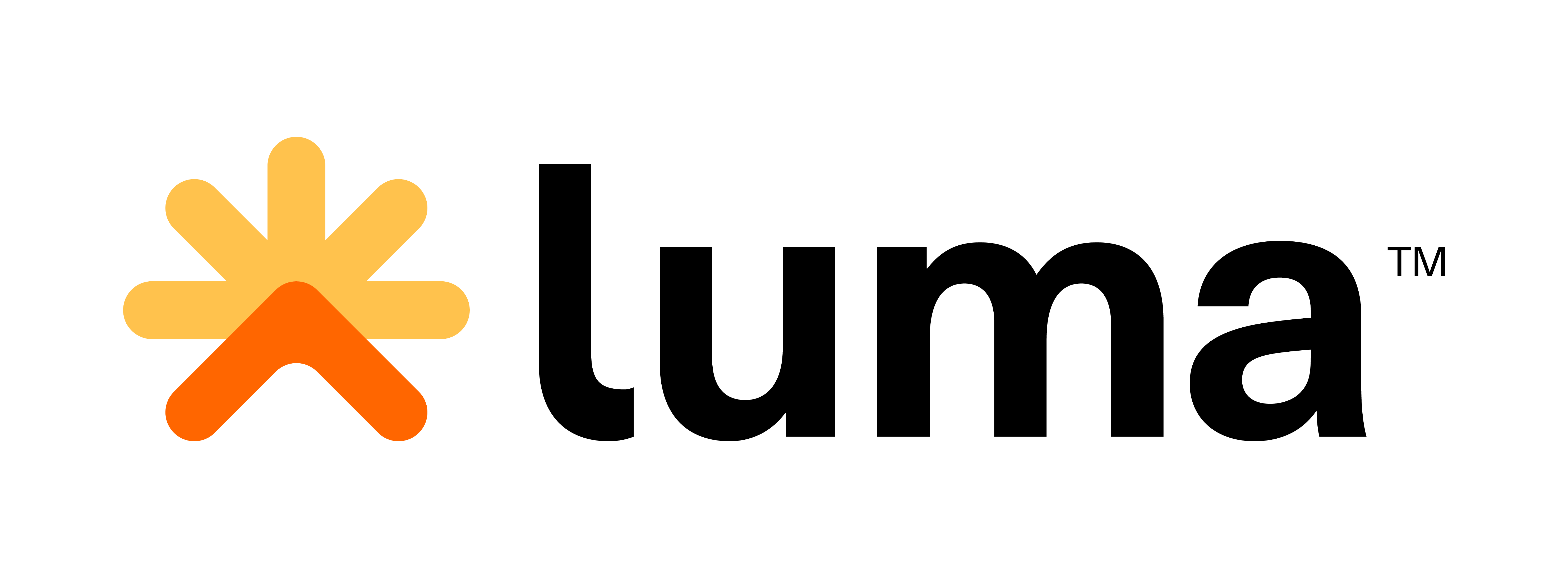Healthcare SaaS Ideas You Should Be Building Today



Explore healthcare SaaS ideas, potential competitors and templates to build your health tech SaaS app without any coding.
Healthcare SaaS Ideas 🩺
Home Healthcare Management App
A tool for coordinating in-home healthcare services, including caregiver scheduling, patient records, and task management, optimizing care delivery.

Patient Education Portal
Online platform providing educational resources, tutorials, and interactive modules tailored to specific conditions, enhancing patient knowledge and compliance.
Medical Billing and Coding Assistant
A SaaS aimed at simplifying the billing and insurance claim process, ensuring accuracy and compliance with medical coding standards.

Health Data Analysis Dashboard
A tool for healthcare administrators to analyze data trends from patient records, treatment outcomes, and financial metrics, assisting in decision-making.

Teletherapy Coordination
A solution to organize and manage teletherapy sessions, billing, therapist-patient communication, and progress tracking for mental health service providers.

Staff Scheduling App
A platform to automate the scheduling of doctors, nurses, and support staff, taking into account their shifts, availability, and patient needs.

Medical Equipment Inventory Management
SaaS to track and manage the inventory of medical equipment and supplies, ensuring optimal stock levels and reducing waste or shortages.

Remote Patient Monitoring Hub
A tool that integrates with wearable devices to monitor patient vitals and health data, providing real-time alerts for both patients and healthcare providers.

Electronic Health Record (EHR) Systems
A comprehensive digital solution for managing patient records, improving healthcare workflows, and enhancing care delivery.

Patient Feedback and Survey Tool
SaaS that allows healthcare facilities to gather and analyze patient feedback and satisfaction through automated surveys, improving service quality and patient experience.
Virtual Clinic Management System
SaaS to track and manage the inventory of medical equipment and supplies, ensuring optimal stock levels and reducing waste or shortages.

Clinical Trial Management Systems (CTMS)
A robust platform to streamline the planning, tracking, and management of clinical trials, ensuring efficiency and compliance.
How Ankit brought his construction SaaS idea to life
without any coding
Top Healthcare SaaS Products

Epic offers comprehensive electronic health record (EHR) solutions, supporting functions related to patient care, including registration, clinical systems, and billing. It’s widely used by top hospitals and medical schools.
Zocdoc is an online medical care scheduling platform that allows patients to find doctors, read reviews, and book appointments across various specialties.

CareCloud provides a SaaS platform encompassing revenue cycle management, business intelligence, telehealth, practice management, and EHR solutions, catering to high-performance medical groups.

LumaHealth is a patient engagement platform focusing on communication and appointment management.
Healthcare
SaaS Templates

SaaS App
Medical Equipment Inventory Management
Effortlessly track, manage, and optimize your medical equipment inventory with this customizable template.

SaaS App
Home Healthcare Management App
Streamline scheduling, patient care, and team coordination with this customizable home healthcare management app template.

SaaS App
Virtual Clinic Management System
Manage appointments, patient records, and consultations seamlessly with this virtual clinic management system template.
Connect with an expert to build your healthcare SaaS Idea

Girish Gilda
🌎 India
I build B2B SaaS apps with Fuzen’s No-code App Builder.
$10.00-$50.00 per hour

Shashank Nathe
🌎 India
I am a Front-end Developer. I create websites.
$50.00-$100.00 per hour

Ahmed Ali
🌎 Bangladesh
I am an app developer. Making tech easy for everyone to use!
$30.00-$80.00 per hour

Tom Harrison
🌎 USA
No-code enthusiast simplifying your tech goals!
